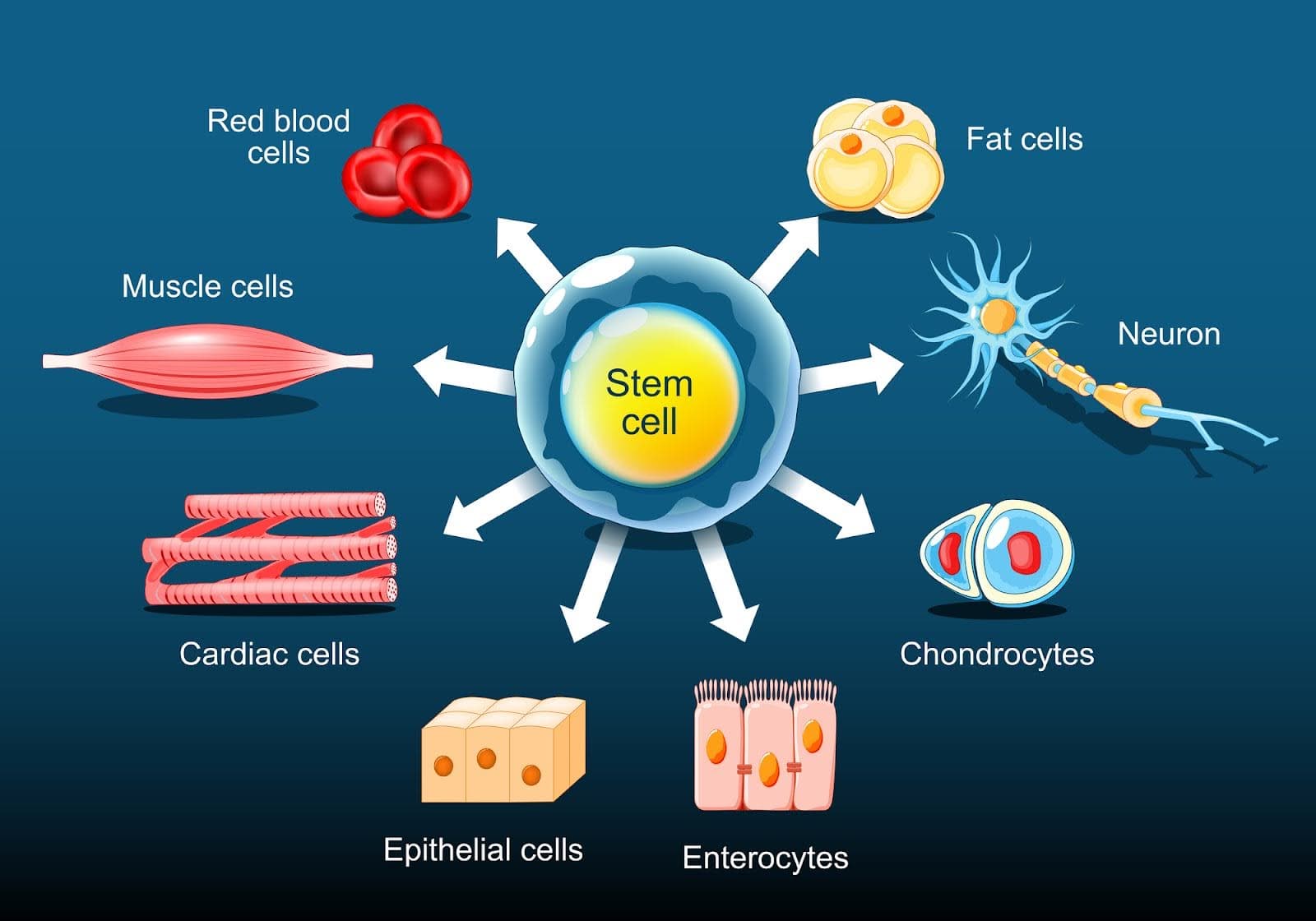Table of Contents
The authors note hurdles that remain, including raising the engraftment success and cell survival. Because the ISCI and Miller College are leaders in this location, the writers also worry the need to standardize interpretations and outcomes actions in the field. "The Hare Lab remains at the center of introducing new therapies in this vital clinical domain.
Now we are checking out how to harness such stem cells to help patients recover their own broken hearts."The study is directed by the Cedars-Sinai Heart Institute, with the collaboration of the Johns Hopkins University, where Dr. Marbn worked prior to joining Cedars-Sinai in 2007. The 24 clients taking part in the research have hearts that were damaged and marked by cardiovascular disease.

It takes around 4 weeks for the cells to increase to numbers sufficient for healing use, approximately 10 to 25 million. In the third and final action, the now-multiplied stem cells are reintroduced into the person's coronary arteries throughout a 2nd catheter treatment. All individuals in the study needed to have experienced cardiac arrest within four weeks prior to signing up in the study job.
Later on this summer, it is prepared for that 12 more people will undergo treatments to receive 25 million stem cells, while six additional clients will be monitored as controls. The initial patient, Kenneth Milles, a 39-year-old controller for a little building business in the San Fernando Valley, experienced a cardiovascular disease on May 10 as a result of a 99 percent obstruction in the left former descending artery, a significant artery of the heart.
The process to expand the cardiac-derived stem cells associated with the research was established by Marbn when he got on the faculty of Johns Hopkins University. The university has filed for a patent on that copyright, and has actually licensed it to a firm in which Dr. Marbn has an economic rate of interest.

All funding was originated from the National Institutes of Wellness, the Donald W. Reynolds Foundation and Cedars-Sinai Medical Center. Marbn holds The Mark Siegel Family Foundation Endowed Chair and Supervisor of the Heart Institute.
Regenerative injections targeting Heart Disease now available
Cardiac arrest is an intense or persistent condition that influences millions of people worldwide. One of the most generally accepted methods of therapy generally consist of symptom administration and medication taken for life, so the worry brought on by the condition is hefty. Stem cell therapy for cardiac arrest has actually become a brand-new method to treat and handle the core of the condition.
Nonetheless, stem cell treatment can aid to minimize signs and symptoms and boost the heart's pumping capacity. This therapy utilizes the capability of stem cells to self-regenerate and self-heal. Complying with the admission of stem cell injections for heart disease, a number of devices enter play: Stem cells for cardiac arrest advertise the development of specialized cardiac muscle mass cells and regenerate damaged cells, boosting the heart's pumping capability.
These are kinds of grown-up stem cells that are gotten from bone marrow, fat tissue, and skin cells. These are the most usual and well-researched kinds of stem cells.
These are obtained from embryos and have the pluripotent possibility to change right into any kind of kind of cells, consisting of heart ones. The primary trouble with these cells is that, as they are drawn from embryos, they have numerous ethical and lawful limitations and are just utilized in particular situations. for the reasons discussed above.
How to access stem cell therapy focused on Peripheral Artery Disease
These cells originate in the heart and are well-suited to cardiac repair. Clinical Advisor, Swiss Medica doctor The application and treatment of stem cell therapy consists of five steps: People start with an on the internet examination with our medical expert and are after that reviewed by a cardiologist, who will certainly get the necessary clinical history, do blood examinations, and request imaging research studies to figure out whether stem cell treatment for heart failure is a feasible option.
We carry out stem cells via pain-free stem cell shots for heart disease. A highly trained medical professional will inject processed stem cells right into the blood stream; the whole treatment takes less than an hour. After completing the heart disease stem cell treatment procedures, our people will certainly be kept an eye on for any issues and results.
Table of Contents
Latest Posts
Breaking down the use of stem cells for Peripheral Artery Disease
What to know about how stem cells help with Peripheral Artery Disease
Leading providers of stem cell therapy targeting Atherosclerosis
Navigation
Latest Posts
Breaking down the use of stem cells for Peripheral Artery Disease
What to know about how stem cells help with Peripheral Artery Disease
Leading providers of stem cell therapy targeting Atherosclerosis